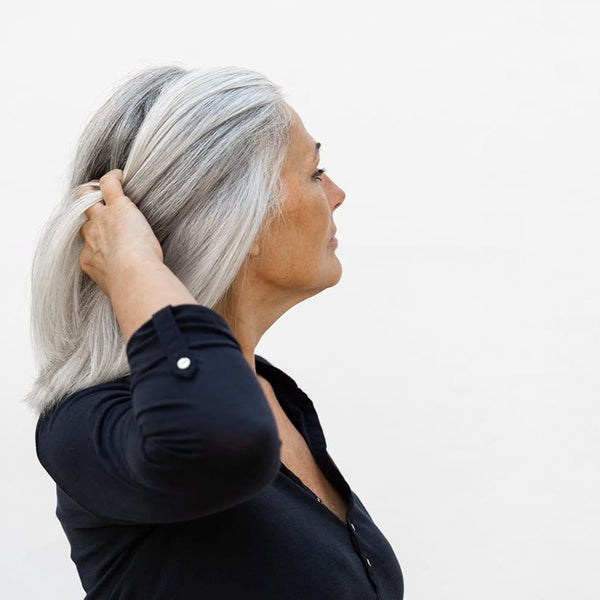Life stages and the vaginal microbiome
Our vaginal microbiome changes through our life stages, primarily driven by circulating oestrogen levels. Oestrogen stimulates the accumulation of glycogen in the vaginal epithelium, which in turn directly feeds the beneficial bacteria, lactobacillus, reducing the risk of infections. Oestrogen also promotes lubricated, plump, strong tissues, reducing the risk of tears and associated discomfort.Hence oestrogen is important in this space, and when this hormone reduces we may notice changes. Here’s what to expect as you travel through these life stages.
Pre-puberty
The vaginal pH is neutral or alkaline, and we would find a mix of bacteria. Any issues should be discussed with a doctor.
Reproductive years
Once oestrogen kicks in, the vaginal microbiome changes to become lactobacillus dominant, tissues become plump and well lubricated. Oestrogen is a protective factor during this lifestage. Imbalances that are relatively common include thrush and Bacterial Vaginosis (BV).
Pregnancy
For many, no significant changes occur, although some women may be more prone to thrush or BV. Importantly, the composition of the pregnancy vaginal microbiome may influence susceptibility to adverse pregnancy outcomes. Addressing any imbalances is important, and supporting the microbiome with probiotics is safe during pregnancy.
Post-partum
Oestrogen drops significantly during this period and the vaginal microbiome may become more diverse. This dysbiotic state may develop into (BV) or Aerobic Vaginosis (AV), or even increase one’s risk of Urinary Tract Infections (UTIs). This can be frustrating especially in those who have previously had no issues. These imbalances may correct themselves as oestrogen regulates, but any symptoms need addressing.
Peri-menopause
This life stage can bring with it erratic fluctuations in oestrogen, as this hormones starts to reduce. As a result, protective lactobacillus may decline, allowing opportunistic microbes to arrive and increase the risk of vaginal dysbiosis (imbalances) alongside urinary infections. If these become issues, a woman can consider supportive strategies such as diet and lifestyle interventions, or topical oestrogen.
Post-menopause
Naturally occurring oestrogen becomes very low post-menopause. Again, the risk of vaginal and urinary symptoms and infections remains heightened. Some women may consider oestrogen therapy, either systemic or local, to support the intimate areas at this time.


